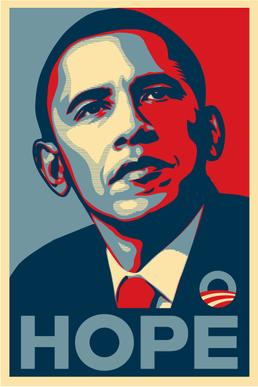So far for my internship class I’ve done a lot of reading about designer contracts and how to be more ethical in design when it comes to photography, illustration, and copyright.
2A) Ever since I started majoring in graphic design related classes (since I started college in general really), I’ve always felt the need to be more cautious when it came to getting and using information online from different creators or sources. A little voice inside my head will automatically go: “Is it okay for me to use this photo for class?” or “How do I credit this sentence?” I remember learning to use quotes and cite them properly for many argumentative essays in English Comp classes and I compare that with design copyright.
With time I’ve accumulated better practices from what I’ve learned in design classes when it comes to using other creator’s content for my work. I do my best to credit photographers and illustrators, and to accordingly cite my sources when it comes to written text.
If I could, I’d love to take my own photographs or make my own illustrations because those are also fields that interest me. But I know it’s not always doable or realistic to create everything from scratch on your own. And that’s why it’s great that there are so many designers, artists and photographers with unique styles looking to put their work out there. It’s important that they get properly and righteously compensated for when they do.
2B) On the Shepard Fairey Case, in my opinion a lot that situation could have been avoided if Fairey would have credited Garcia and the Associated Press for their Obama photograph. But I do think Fairey was unethical on more than one count in this case. He removed the Garcia Obama image’s copyright notice, he registered the Hope poster’s copyright as his own original creation, he tampered with evidence that would’ve proven he was using the Garcia Obama photo and not the Garcia Clooney photo that he originally thought he had used, and he claimed his work was not commercial when he clearly received profit from his creation.
I can see how his work was transformative and definitely looks more “idealistic” than “realistic” in comparison to the original photograph, but when you look at the poster you can still tell that the creation’s likeness is taken and edited from a photograph. I also don’t think it takes away the fact that the original image was still used while owned by someone else. I do believe there’s good in seeing other’s artwork as inspiration and using them as references, but Designer’s need to be discerning and respectful in how they do that. It’s good idea to stay up to date with copyright laws when you work in design and similar fields.
Sources
- “Use of Photography” AIGA. (2001). PDF. New York City; Richard Grefé, AIGA.
- “Guide to Copyright” AIGA. (2001). PDF. New York City; Richard Grefé, AIGA.
- Kennedy, Randy. “Shepard Fairey Is Fined and Sentenced to Probation in ‘Hope’ Poster Case.” The New York Times, 7 September 2012. https://archive.nytimes.com/artsbeat.blogs.nytimes.com/2012/09/07/shephard-fairey-is-fined-and-sentenced-to-probation-in-hope-poster-case/



